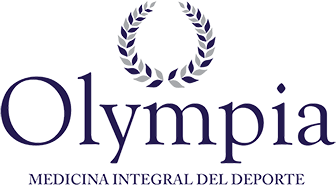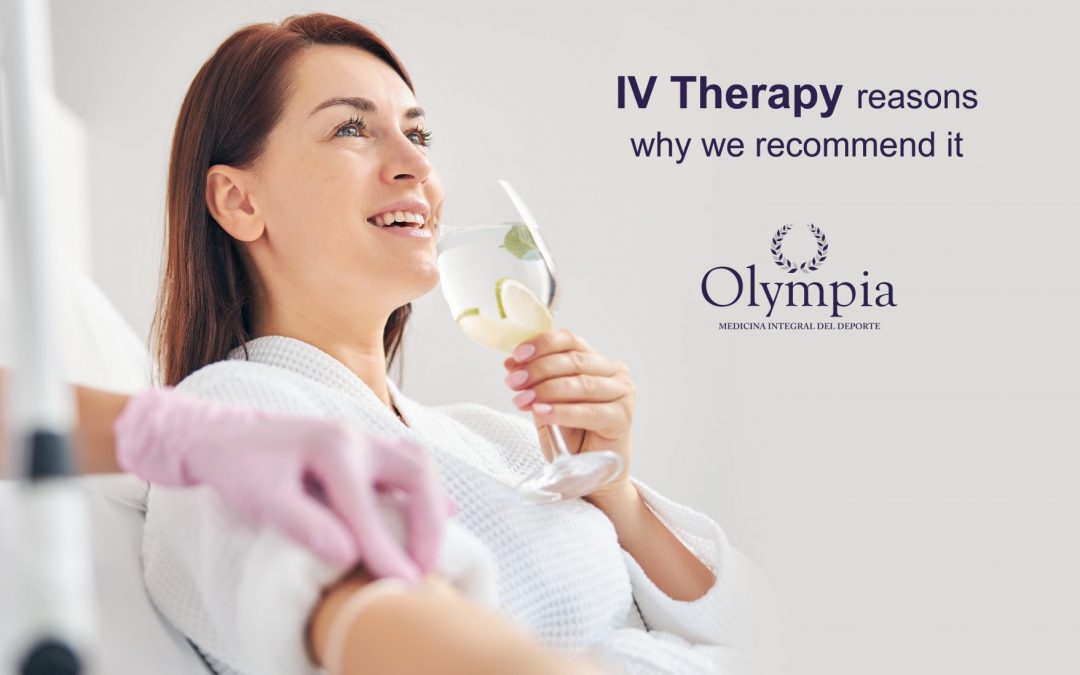
Intravenous or IV therapy has become a well-known therapy nowadays and is in very high demand. It is a minimally invasive procedure that consists of the administration of liquids through a catheter directly into the vein. This allows elements (medications, vitamins, minerals, etc.) to reach the organism faster.
The type of therapy will depend on each patient and their needs. There are IV therapies for hydration, to treat pain, to improve the immune system, to recover from a sports competition, among others. Benefits include:
- Efficiency in absorption since it bypasses the gastric system
- Quick administration
- It is better for treating certain nutrient deficiencies
- Rises the levels of energy
- Helps control symptoms and pain faster
- Improves the immune system
- It is a low-risk therapy
Depending on the case, the type of therapy is indicated, the most common causes are usually dehydration, muscle pain or stiffness, administration of analgesics when the patient cannot take them orally, getting sick recurrently, although there are other indications such as for skin treatment, to relieve stress, or treat other conditions such as osteoporosis.
This therapy is recommended for all its benefits mentioned above and for its diversity in treatments.
Although side effects are few and rarely occur, it is always recommended to receive IV therapy in a clinic or under the supervision of health personnel (in case it is administered at home).
Some complications are allergic reactions, bruising or swelling in the area of the catheter.
Before receiving any treatment, it is essential to see a doctor for the correct indication of the therapy and to rule out any contraindications.

